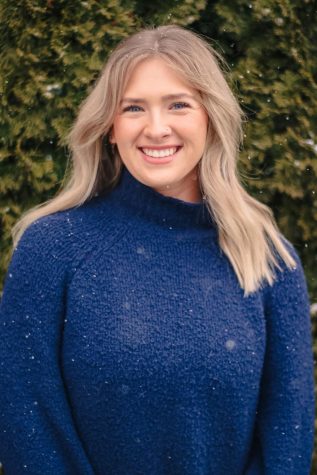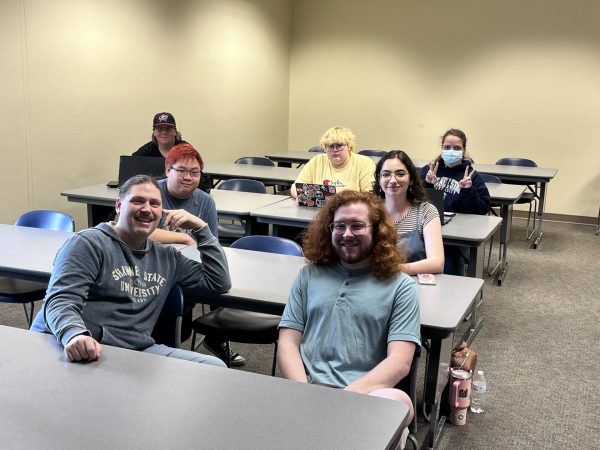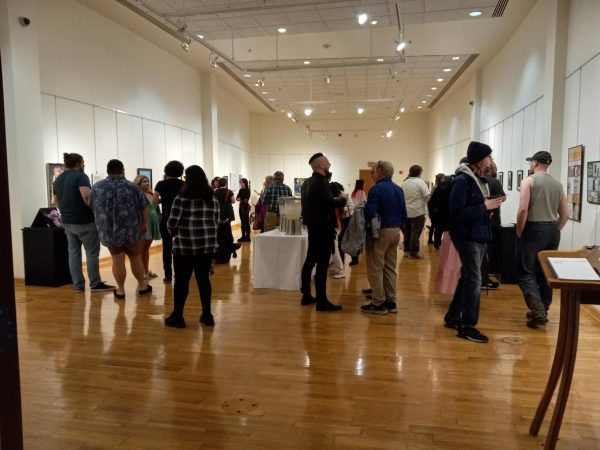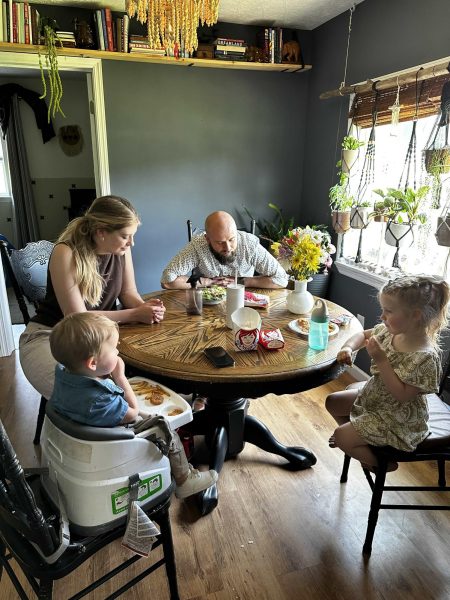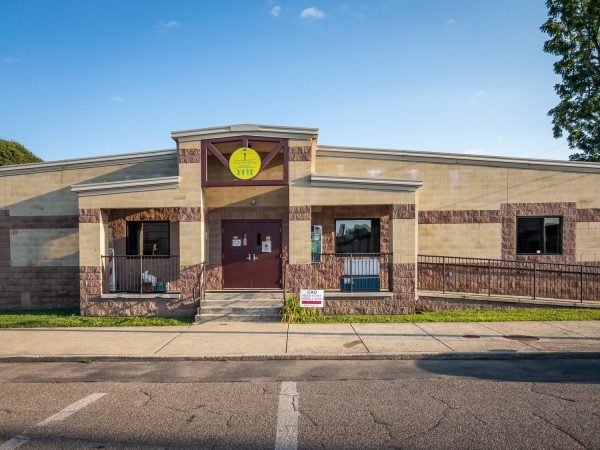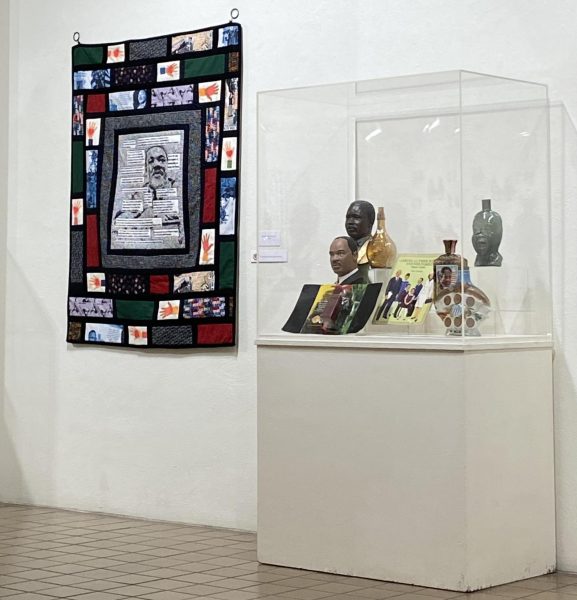COVID-19 Vaccine
Americans may see a coronavirus vaccine as early as mid-December, officials say.
November 28, 2020
Vaccines can take years to develop. Before a vaccine is released, extensive research and clinical trials need to take place in order to ensure that it is safe and effective. With a total of 12,498,734 cases in America and appriximately 165,282 new cases every day, time is of the essence when it comes to a COVID-19 vaccine. Medical professionals and scientists alike have been working around the clock to deliver a vaccine to the American people.
The COVID-19 vaccine has shattered glass ceilings in the world of medicine since it first began trials in March. When the pandemic began, very little was known about the COVID-19 virus, so scientists have had to learn about it along the way with new findings surfacing every day. Now, after much research, there are currently 13 trials going on that have reached the final stages of the process. This could mean that a vaccine is on the horizon.
There is a lot on the line with this vaccine, and many Americans have questioned the effectiveness and safety of it due to its faster testing process. Scientists, such as those at Oxford University, have been working on quicker vaccine production long before COVID-19. Expediting the vaccine process can be a matter of life and death, and often times, there are uncessecary steps that can be eleviated.
The safety of the American people is at the forefront the the testing process. Stephen M. Hahn, M.D., and Peter Marks, M.D., Ph.D., of the FDA, released a statement saying “We are committed to expediting the development of COVID-19 vaccines, but not at the expense of sound science and decision making. We will not jeopardize the public’s trust in our science-based, independent review of these or any vaccines. There’s too much at stake.”
While a vaccine can greatly reduce the severity of a virus and decrease the chances of contracting it, it is important to understand that it is not a cure. Due to the nature of the COVID-19 virus, it will likely evolve to form different strains of the virus, much like the flu does.
There is a very fine line between having too many vaccinations and not having enough, so professionals are working diligently to esure that everyone has access to the vaccine. The vaccine, when ready, will likely be distributed in waves, going first to those that are most at risk and eventually being available to all Americans.
Officials say that the federal government plans to send 6.4 million doses of Pfizer’s coronavirus vaccine to communities across the United States within 24 hours of regulatory clearance, with the expectation that shots will be administered quickly to front-line health-care workers, the top priority group.
